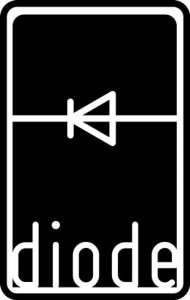Court Green – 2008
Court Green is a natty-looking 220 plus page paperback-sized journal with a pink plaid cover and a world of poetry inside. The first section contains absolute jewels, nothing off-the-wall or experimental, just good poems, a variety to pique every interest. For example, the whimsical “Sexy” by Jack Anderson: “The train stops and people leave – how sexy. / New people step in; they’re sexy, too. / That’s how it goes as stations pass: sexy.” It’s fun and sassy and everything summer should be, subway or no. In contrast to “Sexy,” Kevin Carollo’s “Do I Have a Doctor’s Note?” decries school violence by having a youth pose questions: “I didn’t make it / to the audition? / Because I still / had to learn / how to kiss fire?” He hooks the reader effectively with the tragedy and the greater question “Why?” Continue reading “Court Green – 2008”

